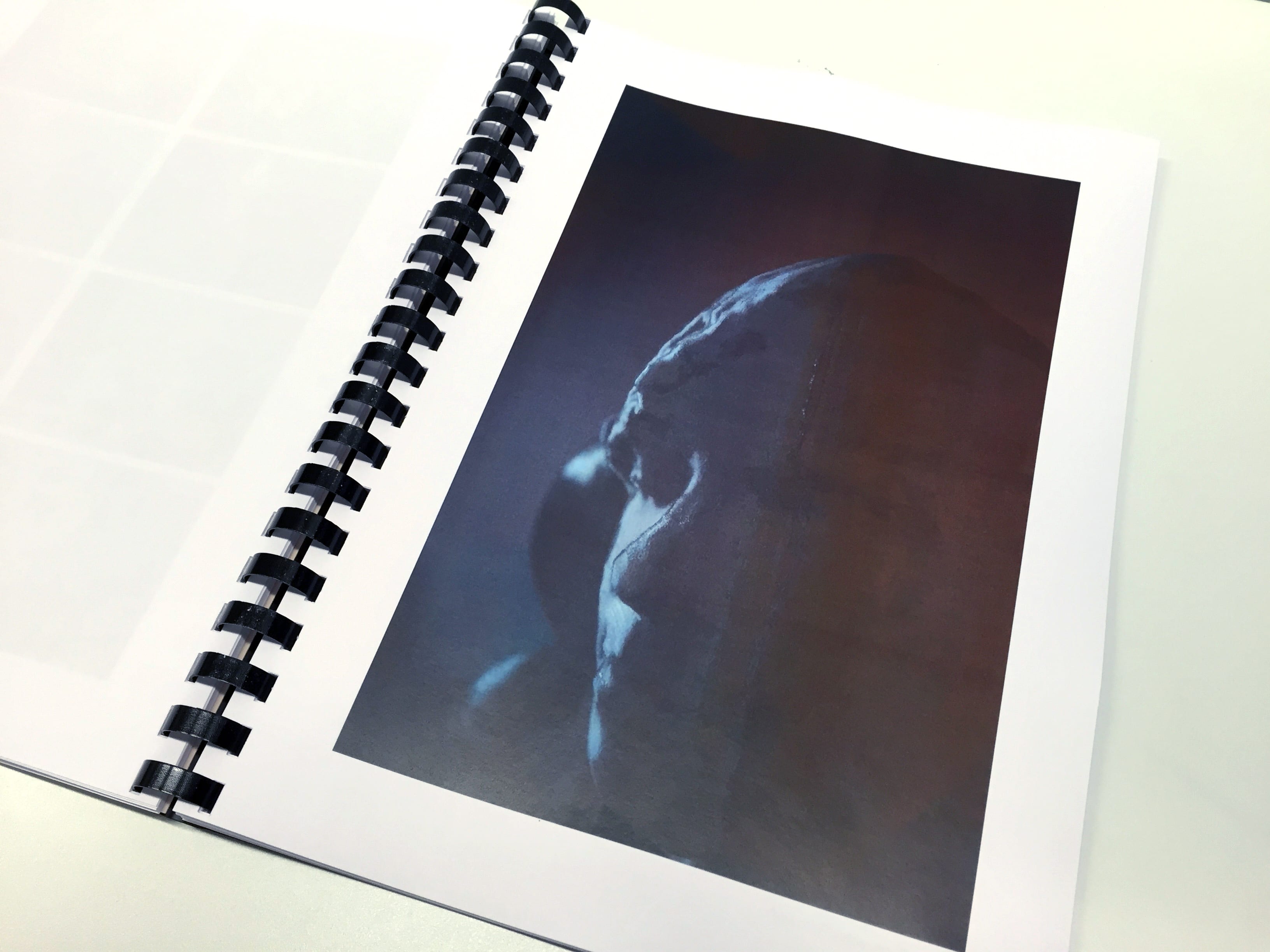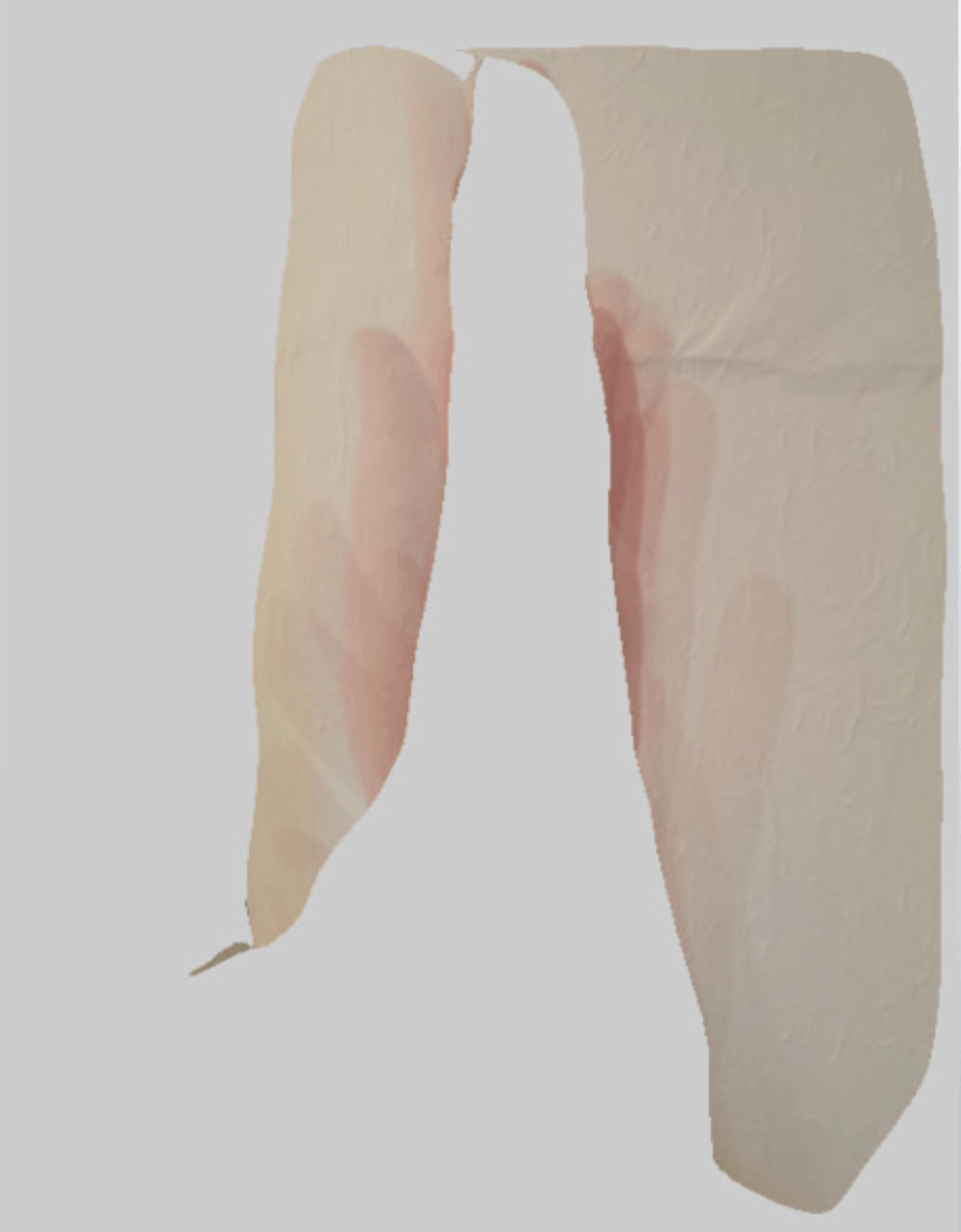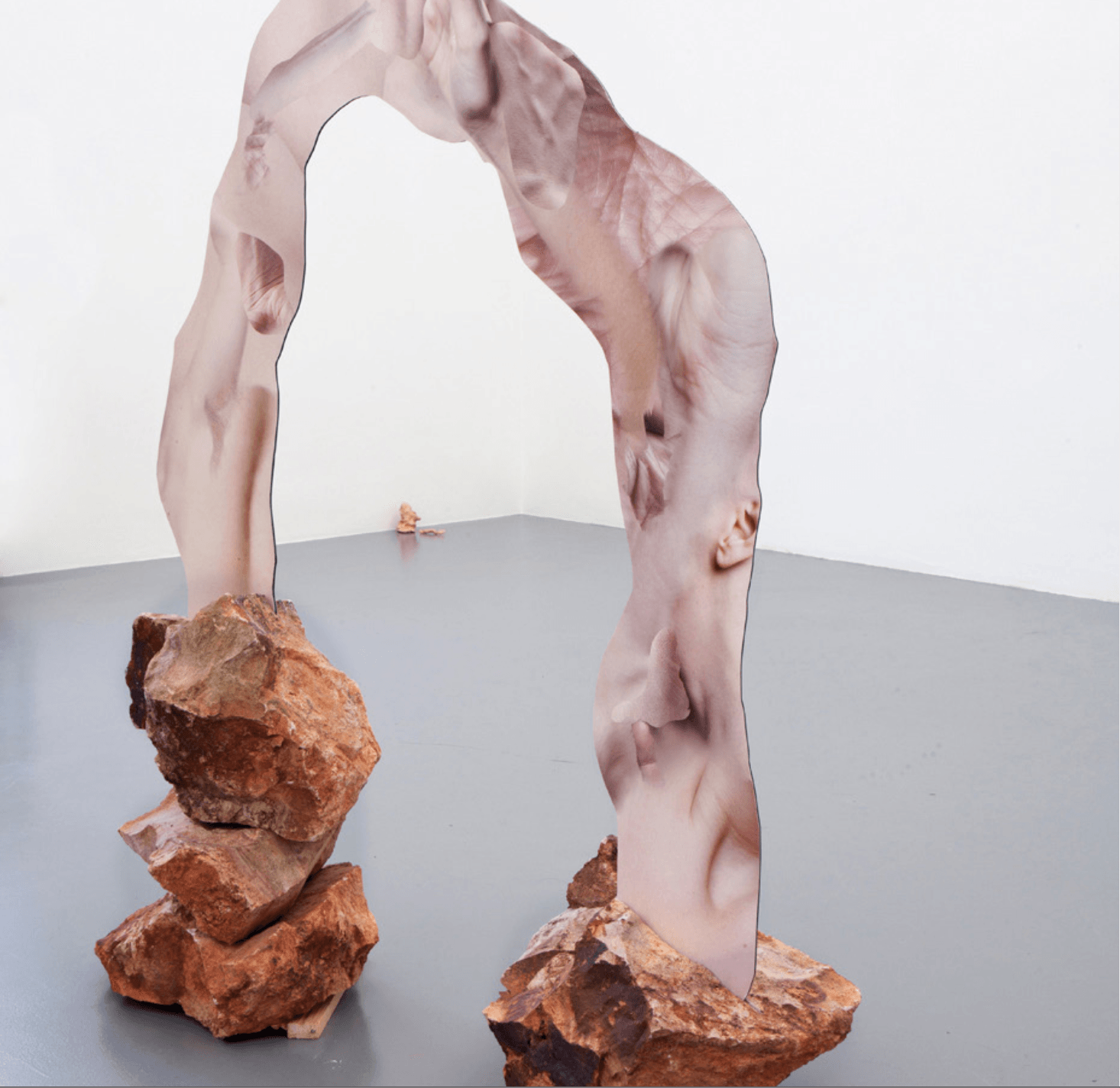Sound as object
- Human sound – isolated from the body
- Speech
- Function of Communication
- Function of noise
- Function of music
- Materiality of sound
In the initial thoughts on the continuation from Human < > Object of Project 1 to sound as object of Project 2, I was reminded of the exhibition ‘Reverberations’ at Röda Sten in Gothenburg I visited in July 2015. This exhibition used sound as its theme, ‘Reverberations explores how sound is employed in relation to form , shape and architecture, but also looks at and listens for ways in which sound embodies physical space and can be felt as a visceral experience.’ (Aukje Lepoutre Ravn, Curator, 2015). It posed the following questions that are interesting to consider in relation to sound being an object, existing as an object and perhaps with its own agency isolated from the human:
- ‘Is there such a thing as visual sound?’
- ‘How can something immaterial acquire a shape and occupy space?’
- ‘What remains after sound has faded away?’
- Jonas Gazell – Alternative Stable State [2013]
Gazell explores the interactions between the mechanical and organic in his sound-based sculptures and installations. ‘In the search for hidden qualities of the already well-known everyday objects, material and phenomena , Gazell identifies sounds and movements which we do not necessarily react directly to, but only register subconsciously.’ (Aukje Lepoutre Ravn, Curator, 2015). This notion of the hidden is particularly interesting in relation to the human voice as an elements that is in effect hidden, but that we respond to in different ways depending on how it is presented to us.
- Ursula Nistrup – Potential Unease [2014]
‘Nistrup is inspired by sound’s ability to be in constant flux – existing only in an ever-unfinished form. Within this conceptual realm Nistrup investigates the connections, frictions and collisions between sound’s relation to space, architecture, history and psychology.’ (Aukje Lepoutre Ravn, Curator, 2015). Sound being in flux and a constant state of change links back to my previous exploration of translation and a perpetual metamorphosis from one state to another. The notion of sound being unfinished again links back to an object having no defined start and end as the beginning of one and the end of another a wrapped up together, occurring simultaneously.
- Kirstine Roepstorff – The Money Maker [2014]
‘Roepstorff points to the invisibility of the human body as a reservoir of vibrations and as a producer of sound waves at the same time. Some of the mobiles feature figurative characteristics such as eyes, mouths and ears that suggest a symbolic and mythical iconography. Others consist of more abstract entities. Together they express the artist’s interest in intervening spaces that develop when a materialised exterior meets the internal realm of the body.’ (Aukje Lepoutre Ravn, Curator, 2015). The idea of interior and exterior further explores the hidden, the uncovering of which also uncovers a materiality that wasn’t evident at first. Roepstorff’s sculptures are fragile and have a resonance in the space without actually producing sound as we understand it.
- Vinyl, Terror & Horror – Tanz Mal Wieder [2015]
Vinyl, Terror & Horror consists of Camilla Sørensen and Greta Christensen, ‘their practice focuses on the relationship between objects and sound, and is presented in different situations such as installation, sculpture, composition work and live concerts.’ (Aukje Lepoutre Ravn, Curator, 2015). Sound here is built up into a performance, a crescendo of noise to create an alternate soundscape that works to bring objects to life. The objects in the space have an anthropomorphic quality and appear to both produce sound and react to it within the space.
Sound in the form of language and speech is also explored through Jenna Sutela’s work eVOCAL, this posited language as a virus that alters our material world. The work produced a set of 3D printed vocal chords and mouths derived from measurements taken over history, testing how body shapes language and language shapes the body. Sutela’s work draws upon The Electronic Revolution [1970] by William S. Burroughs, which posited that the development of the vocal tracts in protohumans occurred through the spread of a virus. This idea of language being a virus provides an interesting link to the current talk of vocal fry being an epidemic on women’s voices in particular. Sutela also explores the idea of language as word sounds and as such draw closer and closer to objects, this works to tune the human body and renders it more susceptible to the material vibrations inside and around it.
From a theoretical point of view Roland Barthes’ The Pleasure of the Text discusses that the grain of the voice is a bodily phenomenon and not one of language and signification. That cinema captures the sound of speech close up and makes us here in their materiality, their sensuality, the breath, the gutturals, the mouth. This materiality thus has a single purpose which is bliss. Also Brandon LaBelle’s Lexicon of the Mouth will provide interesting ideas on the voice particularly focused on the mouth and that to think of the sound of the voice such as laughter, whispering, stuttering then we must think of the mouth.

















